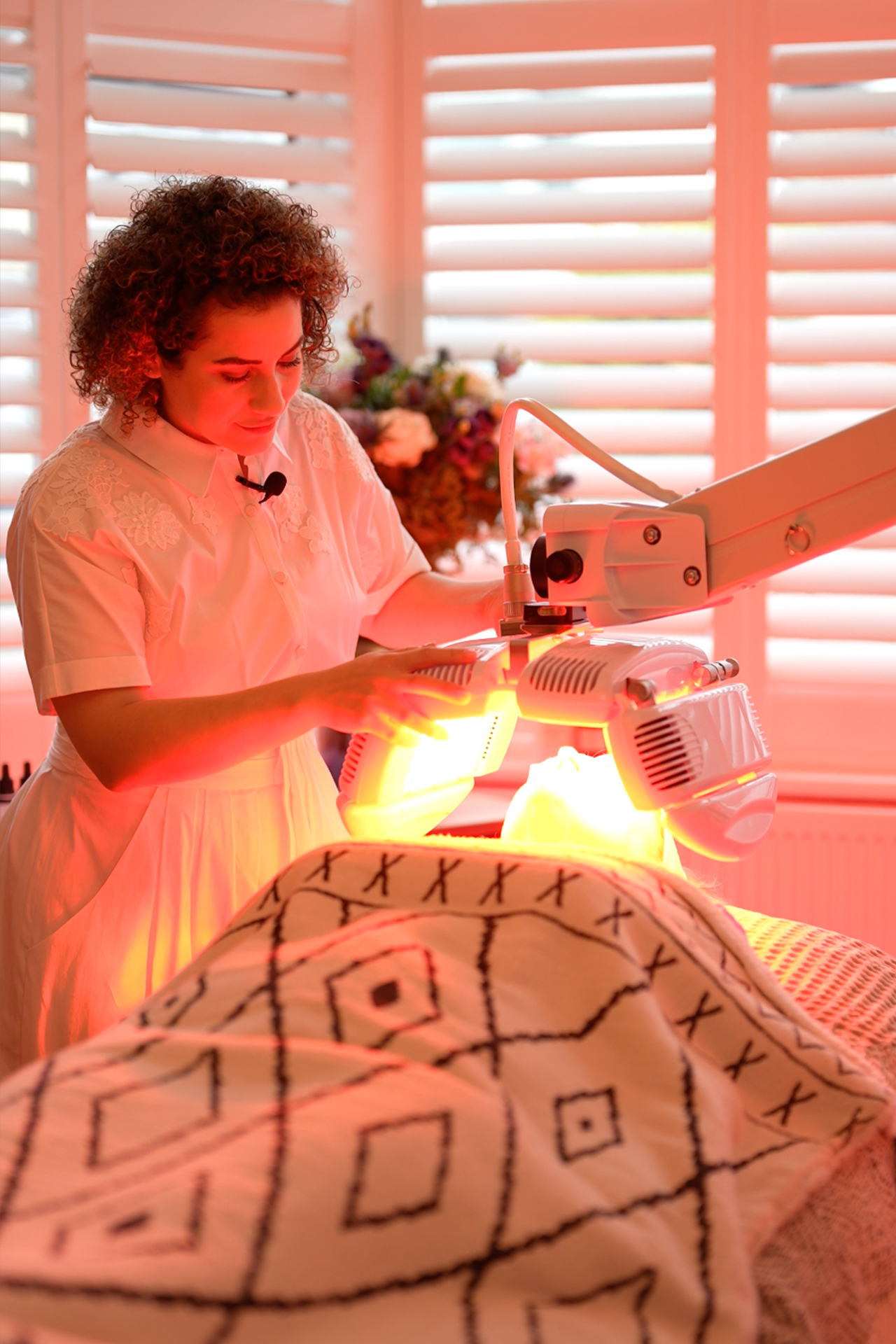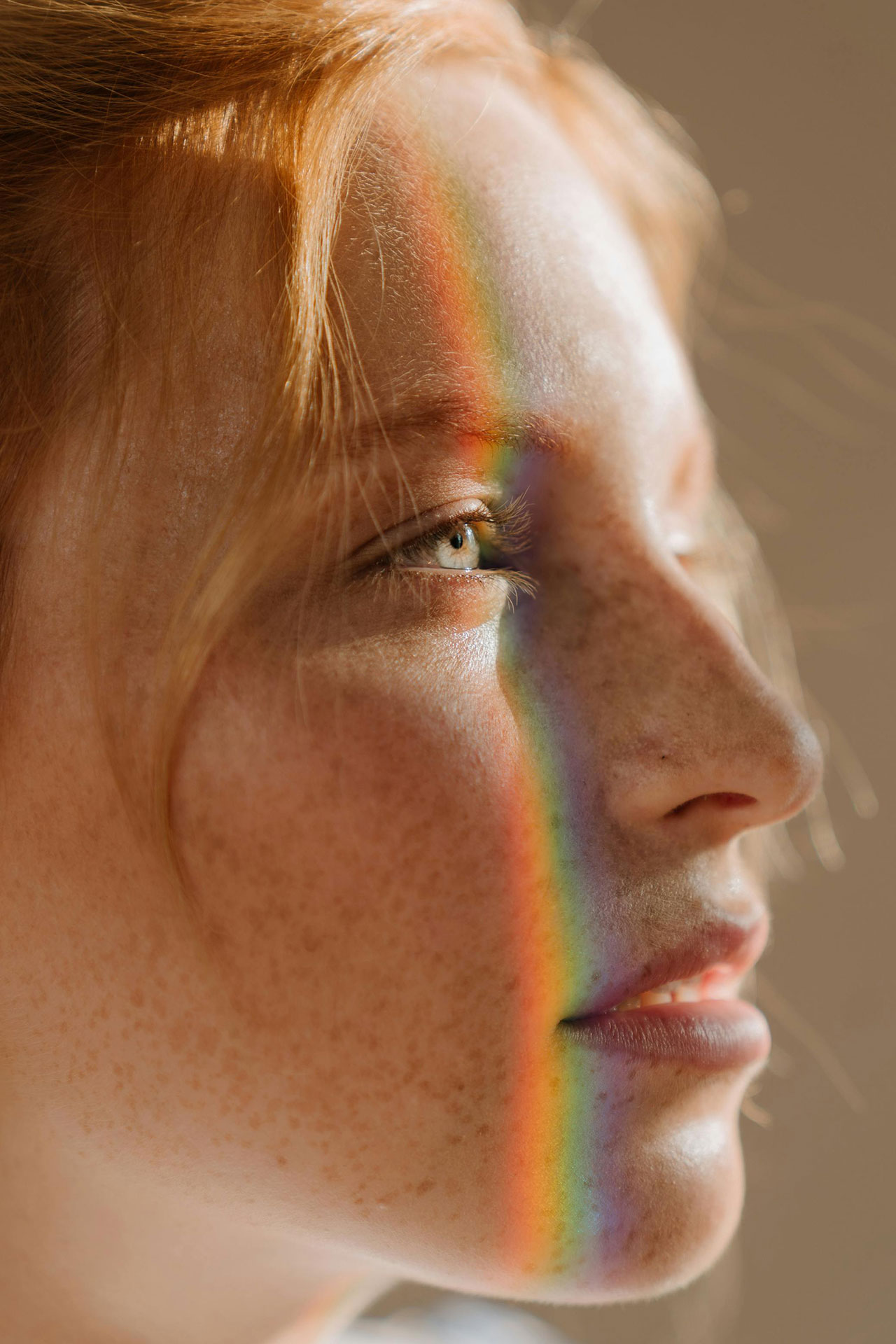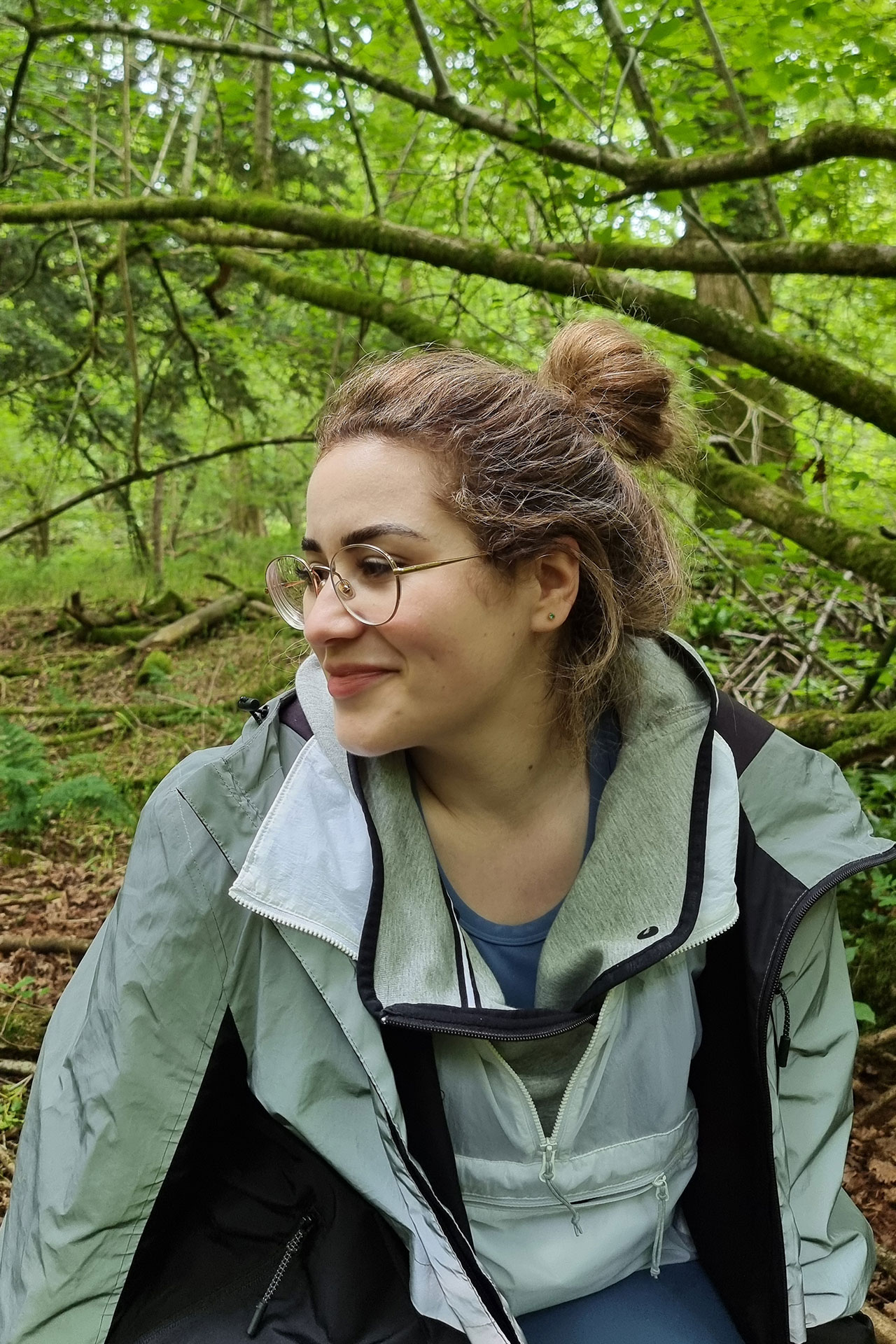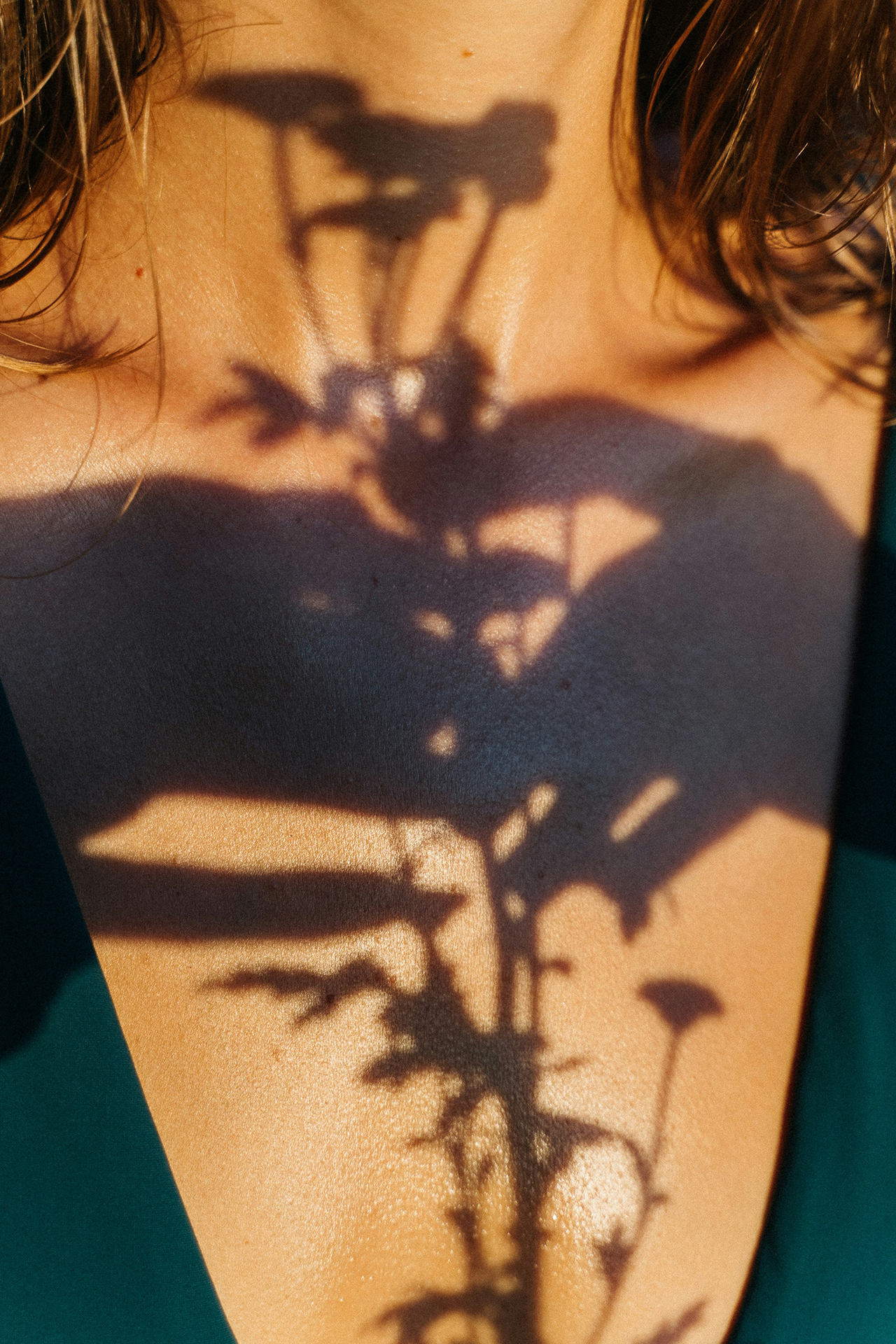
Safe Sun Practices
How to reap the benefits of sunlight, without damaging your skin.
When was the last time you enjoyed the sun on your skin? Are you getting out into nature every day? Feeling the warmth of the beams wash over you? Or are you squirreled away behind a desk, worried about sun burn and premature ageing?
People often fear the sun. But while over-exposure without protection can be incredibly harmful to your skin (and health in general), getting out into natural sunlight has an inordinate amount of health benefits. So long as you’re frequently applying (and reapplying) a quality broad spectrum SPF, sun exposure can help with:
- Vitamin D absorption
- Improved mood
- Better sleep
- Healthier skin
- Reduced stress
- Our connection to nature
In this blog I’m going to give you the inside scoop on how to enjoy the sun safely, and introduce you to some of the best products you can invest in for sun-loving skin.
Getting the right protection
Sunlight is 42% infrared light, which stimulates collagen, increases bone healing, and helps to heal wounds. Infrared light has also been proven to be anti-ageing and to help with wrinkles and scars. That’s why so many people come to me for red light therapy, and why (when adequately protected), the sun can be so great for your skin, general health, and overall wellbeing.
But despite its healing properties, I always remind my clients that the sun is still a big ball of fire, and one that we need to be careful with. It’s all about balance. We can reap the benefits of the sun if we diligently follow safe sun practices.
The key? Adequate protection + moderation.
I advise my clients to get around six minutes of sun exposure without protection each day, which allows them to glory in its benefits without harming their health. Scientists generally advise between 5-15 minutes, or up to 30 if you’re dark-skinned. It’s worth noting that this does depend on your skin tone, age, health history, diet, and where in the world you live.
You can of course spend longer in the sun if you protect your skin with a decent sunscreen, and reapply it regularly. For hard-hitting protection, my recommendations are:
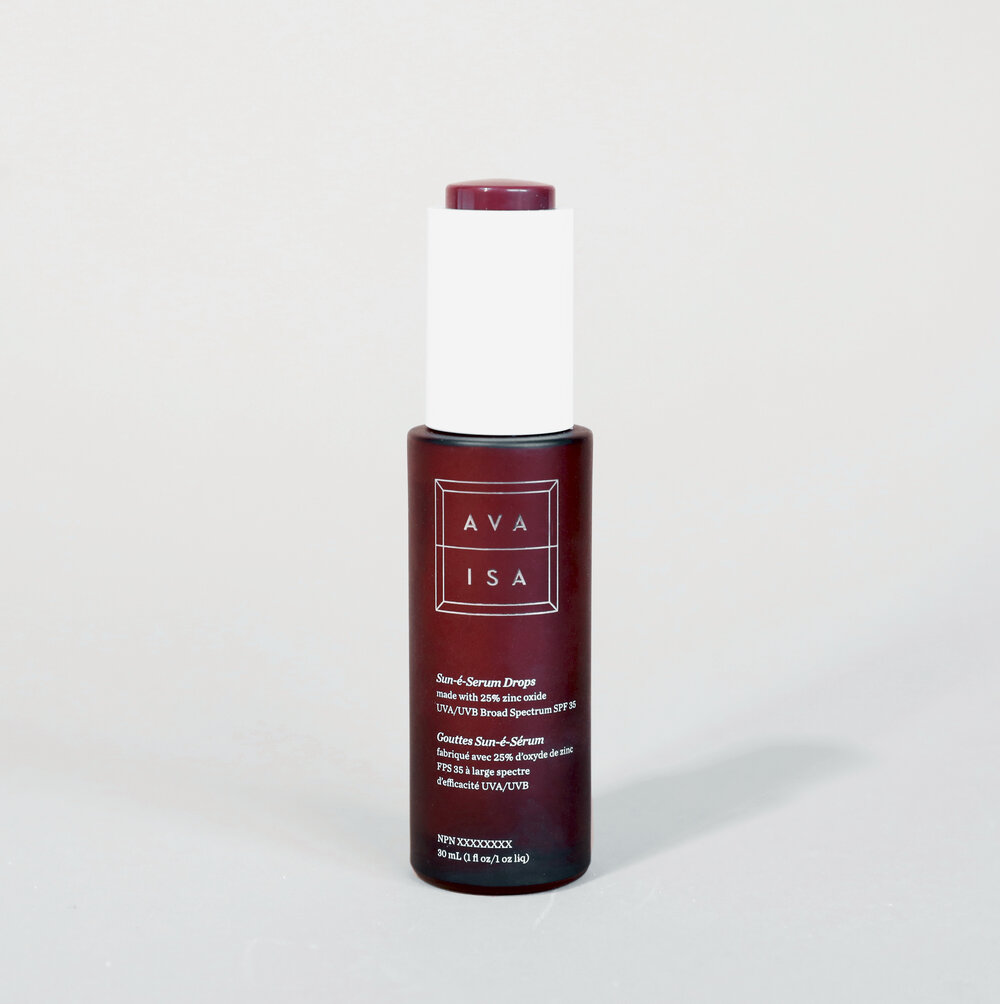
Ava Isa Sun-è-Serum Drops SPF 35 Sunscreen contains 25% zinc oxide and provides essential protection against the UVA aging rays. With a UVA PF of 14.90, this SPF has up to 3x more protection than many sunscreens to prevent the signs of skin aging and hyperpigmentation. It leaves zero white cast on the skin and is suitable for all skin types and tones.

Ava Isa Every Morning Sunscreen is a hydrating, skin barrier-friendly sunscreen with 25% zinc oxide. Glossy and smooth, it applies as a white lotion and blends to be clear on all skin tones with no white cast. With a UVA PF of 12.25 and SPF 30, it provides excellent UVA/UVB protection and features one of the most innovative skincare actives – a lipid-rich cholesterol for skin barrier repair and anti-hyperpigmentation.
If you need a little more insight into shopping for the right sunscreen for you, the Sunscreen Company has written a great guide to help you!
Sun safe practices
As well as using a broad-spectrum SPF (minimum factor 30), it’s really important to reapply your sunscreen regularly – particularly if you’re in and out of water, or on and off sunbeds. Pop your protection on around 20-30 minutes before going outside and reapply at least every 2 hours. If you’re wearing makeup, a decent spray SPF is going to be your best friend!
You should apply sunscreen to any part of your body that’s exposed to the sun, including your hands and the tops of your ears. And because your head is particularly prone to burning, it’s a good idea to invest in a wide-brimmed hat to protect your head, face, ears, and neck, along with a pair of sunglasses that filter out UV rays (those with an EU CE Mark are proven to offer safe protection).
As well as seeking protection from the outside-in, did you know that you can also protect from the inside-out? Foods like blueberries, watermelon, nuts and seeds, carrots and leafy greens, green tea, and cauliflower contain powerful antioxidants that can help to defend against UV rays – but you still need that sunscreen!
You can read more about safe sun practices at the British Skincare Foundation.
Understanding the sun and your skin
People consume the sun in much the same way as they consume food – and as with our diets, we need balance and moderation. People tend to get a dopamine hit when they see a tan coming, but it’s important to keep your skin health in mind.
While the sun can dry out your spots if you have acne-prone skin, especially with the mineralisation of natural salt water, it can also lead to an impaired barrier function. What you need here is moisture. When you’ve been exposed to sun and salt, the aim is to rebalance your skin.
- A moisturising toner like this one from dermaviduals® is specially formulated to deeply hydrate the skin; its anti-inflammatory properties also help to reduce the appearance of acne and rosacea, as well as other skin irritants. This is a brilliant little product to pop in your bag and spray at the pool or on the beach to keep your skin supple, cool, and hydrated.
- This dermaviduals® hydrating lotion has anti-inflammatory properties and helps to boost the skin repair process by supporting the skin barrier – making the skin look and feel rejuvenated with a healthy glow. This is particularly effective in the evenings, or as an after sun, after being exposed to sunlight during the day.
If you want a more tailored approach to your pre- or post-sun skincare, my custom-blend hydrating sprays are incredibly popular with my clients. I create these with different bases and actives depending on your skin type, and they can be formulated to soothe and calm the internal fire that can lead to acne, rosacea, and heat rashes – allowing you to enjoy the sun comfortably.
If you’re not sure what the best sun practice is for your skin, book a consultation with me at my North London clinic – virtually or in person. I’ll map out your skin type and condition(s) before tailoring a unique sun-safe treatment plan for glowing results.
Key takeaways:
- Sunlight is great for your skin and well-being, if you practice sun safety
- Getting 5-15 minutes of sun exposure in ‘first light’, without protection, is great for vitamin D absorption
- Holiday sun can improve your skin condition, but it’s more about rebalancing your bodily elements
- After sun and salt, your skin will crave moisture and remineralisation
- A decent broad-spectrum SPF is your first line of defence against harmful rays
- A skincare consultation is always the best way to determine the right approach to sun safety and aftercare for your unique skin
